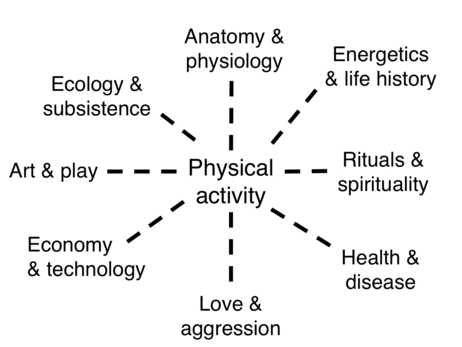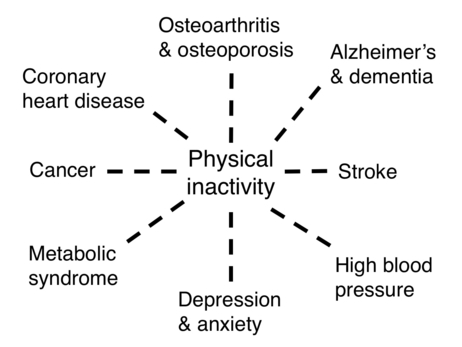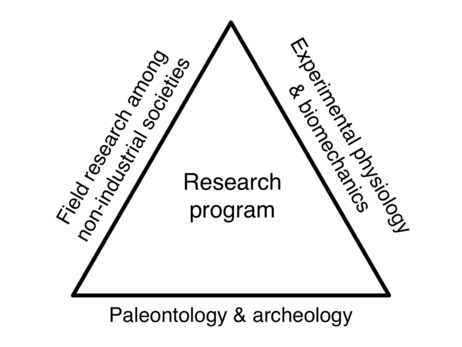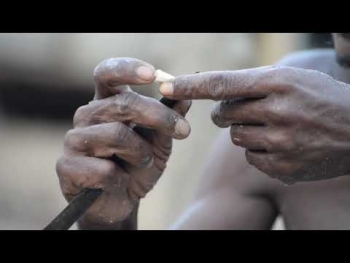Research in the Wallace Lab primarily tackles two big questions:
How did humans evolve to use their bodies to move?
What are the costs and benefits of modern physical activity patterns for human health?
Why care about these questions?
First, physical activity is a nexus that links nearly all dimensions of human biology and culture, including the ways we subsist and support our families; the ways we communicate, learn, and build relationships; the ways we play, fight, make art, and perform rituals; and so much more. Thus, a major part of understanding what it means to be human is understanding how we evolved to use our bodies to move. Second, humans evolved to live much differently than many of us do today. Humans evolved to walk, run, and dance, not sit all day slouched in front of computers and TVs. A major consequence of this mismatch, between how humans evolved to use our bodies and how people choose to live today, has been a dramatic increase in the prevalence of numerous chronic non-infectious diseases for which physical inactivity is a risk factor. These include almost all leading causes of mortality and morbidity in the United States and elsewhere. In our lab, research typically proceeds on three fronts. First, we study humans living in non-industrial societies to get direct measures of physical activity and investigate their ties to bodily function and health. Second, we conduct experiments in the lab with humans and animal models to study the underlying mechanisms linking physical activity, bodily function, and health. And, third, we examine the fossil and archeological records to study how physical activity, bodily function, and health have changed, in tandem, over time. Fieldwork by our lab members is currently focused on the Indigenous peoples of Malaysia, known as the Orang Asli. Traditionally, the Orang Asli live in remote rainforest villages and subsist on hunting, gathering, fishing, and small-scale horticulture. Recently, however, Orang Asli groups have been undergoing varying degrees of lifestyle change due to rapidly expanding market economies and industries. Our research aims to identify and understand why these lifestyle changes are occurring, particularly changes in physical activity patterns, and establish how they are affecting health and disease patterns among the Orang Asli. For more information on this research, click here. Also, to give a sense of what the communities we work in look like, here is a video of Orang Asli hunter-gatherers made by one of our collaborators:


